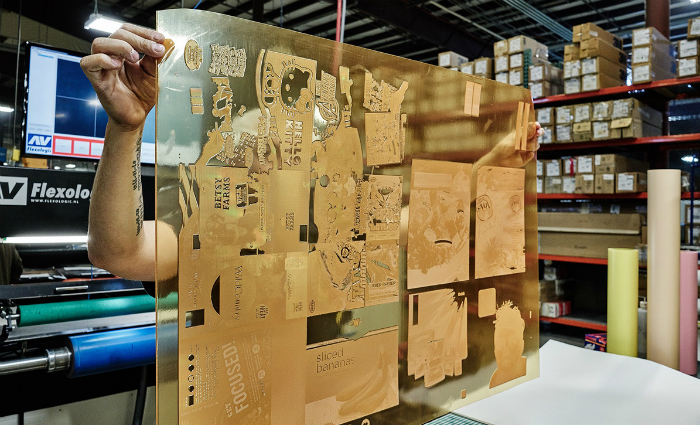Kodak has put its flexographic packaging division up for sale, looking to pay off outstanding debts.
At the same time, Kodak will refinance, using a US$400m ($609m) loan. The company says the loan will allow it to take its time with the sale to make the mosat of shareholder returns, with net proceeds from the sale of the flexographic packaging division first used to repay the loan.
The flexo packaging arm of the company produces its Flexcel NX imaging equipment, printing plates, and consumables.
The division employs 300 people, and grew its revenue by nine per cent compared to the previous corresponding period.
During the sale process, Kodak says it will continue to make investments in the flexographic packaging division by expanding manufacturing capacity, developing advanced technology and increasing its headcount to meet customer needs.
Jeff Clarke, chief executive officer at Kodak, says, “This is a great opportunity to unlock value for shareholders given the strong interest we have received in the flexographic packaging division. FPD has performed exceptionally well over the past five years and has become a significant player in the industry. This business is an excellent example of Kodak incubating and bringing disruptive innovation to the marketplace. Kodak has been evaluating monetisation opportunities for the last several years in order to deleverage the company and we believe this is right time to monetise this valuable asset.
“Following this transaction, Kodak’s improved capital structure will allow us to increase our focus on demonstrated growth engines, while continuing to invest in and provide solutions across the commercial printing, film, and advanced materials industries.”
Kodak says it will continue to focus on the demonstrated growth areas of Sonora environmental plates, enterprise inkjet, workflow software and brand licensing.
Despite beginning the process to sell its flexo packaging division, Kodak has launched its Global Flexo Innovation Awards 2018, which celebrate the 10th anniversary of its Flexcel NX System.
The competition invites entries from prepress providers, printers or brands from all over the world. It is open to any commercial packaging project printed with Flexcel NX plates.
An independent panel of judges comprised of experts representing all players in the flexo and packaging value chain will assess the entries submitted.
Chris Payne, president, Flexographic Division, vice president, Kodak, says, “The Global Flexo Innovation Awards are designed to honour companies who, through their commitment to excellence using Flexcel NX Plates, have played a significant part in the spectacular rise of flexographic printing over the last 10 years.
“At the same time, the awards are a celebration of the journey we are on; they clearly demonstrate the Flexcel NX technology’s potential to help users gaining additional business opportunities by further improving efficiency, quality and sustainability to continue to fuel the industry transformation and raise the flexo standards.”
In Kodak’s second quarter results, which ended June 30, volume for Flexcel NX plates grew by eight per cent from the previous year, which was beaten only by growth in its Sonora process-free plates, in which volumes increased by 19 per cent.
Revenue as a whole for the company fell from Q2 2017 results. Kodak says the decrease was driven by the US$7m year-over-year adverse impact of the cost of aluminium, partially offset by growth in key products as well as cost reductions in its Advanced Materials and 3D Printing Technology Division.


